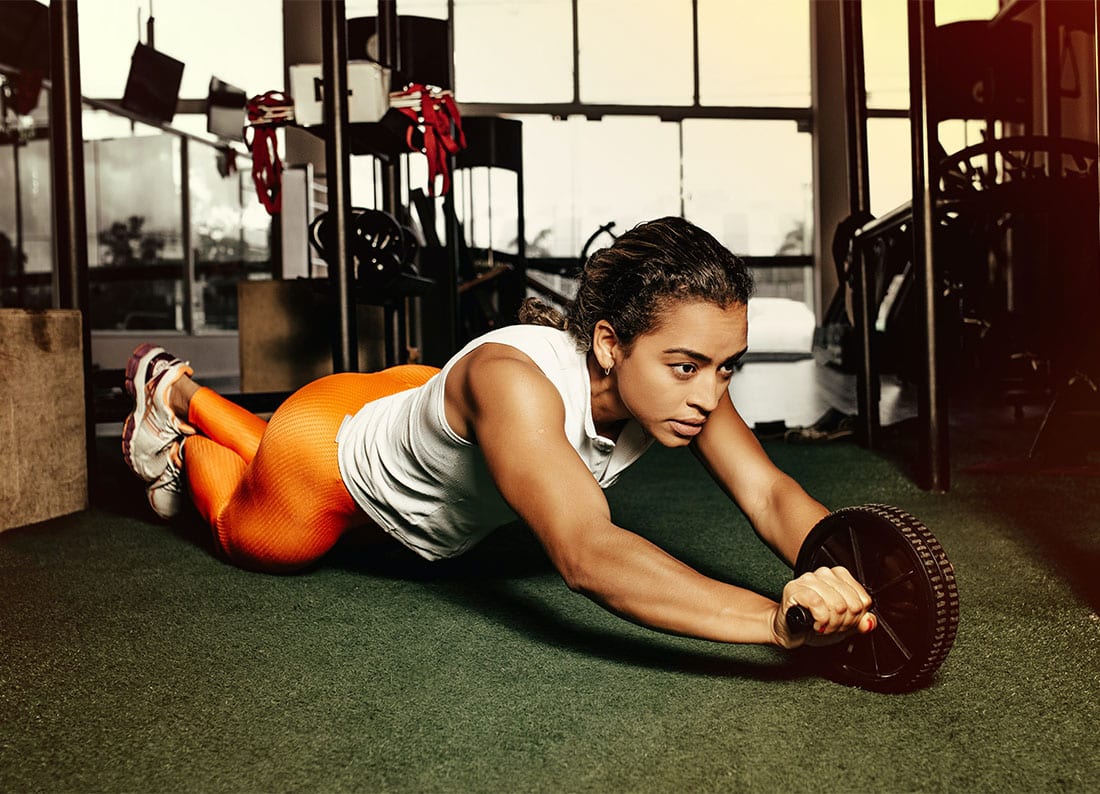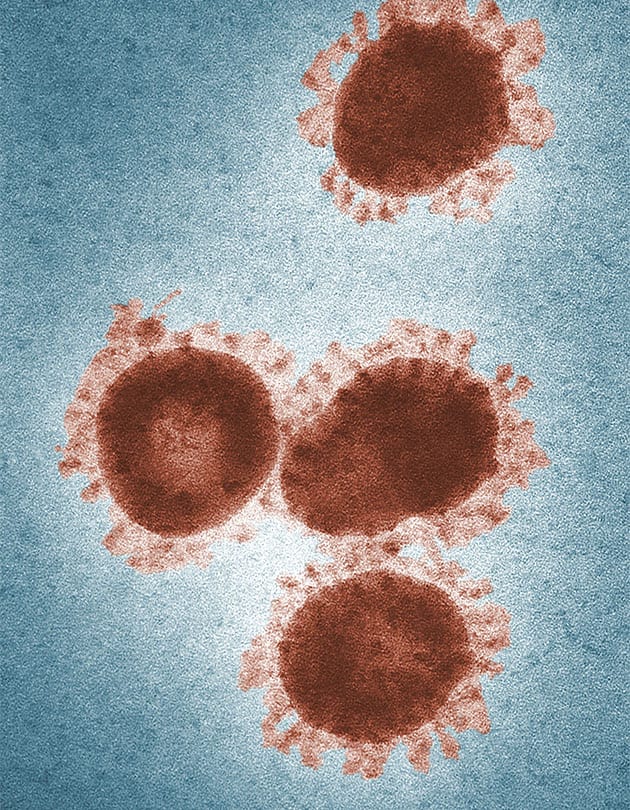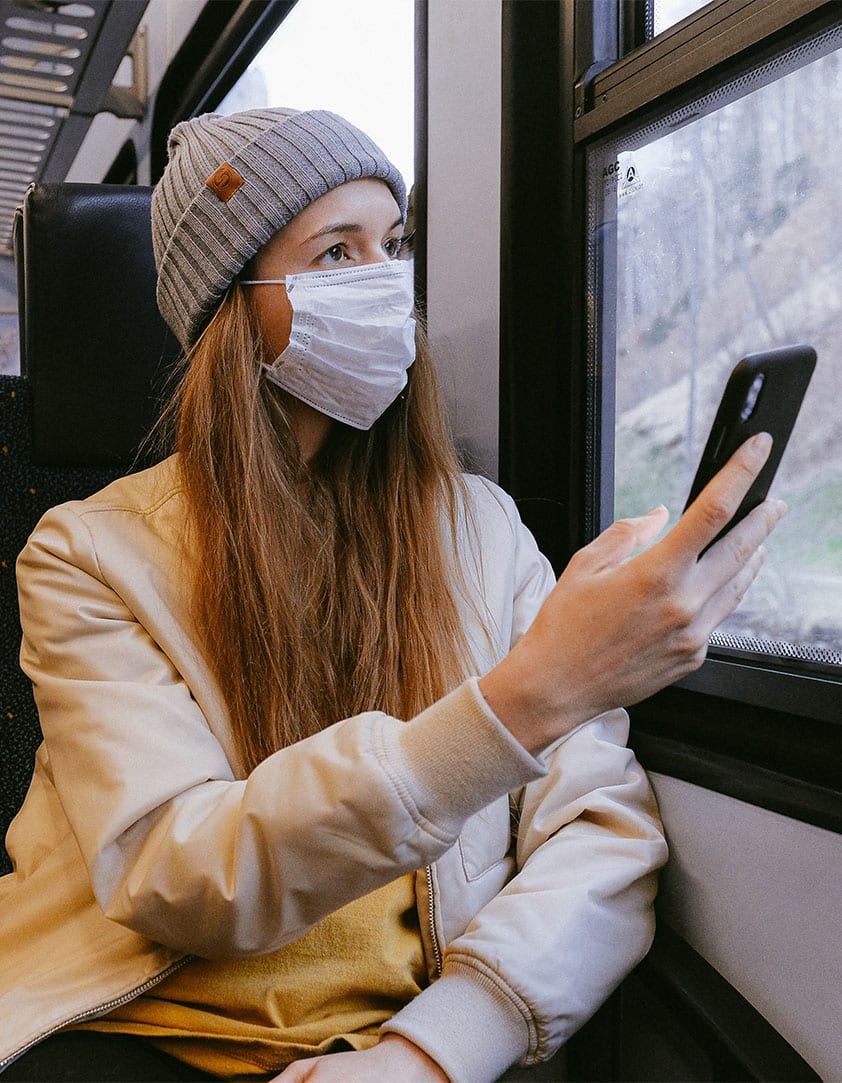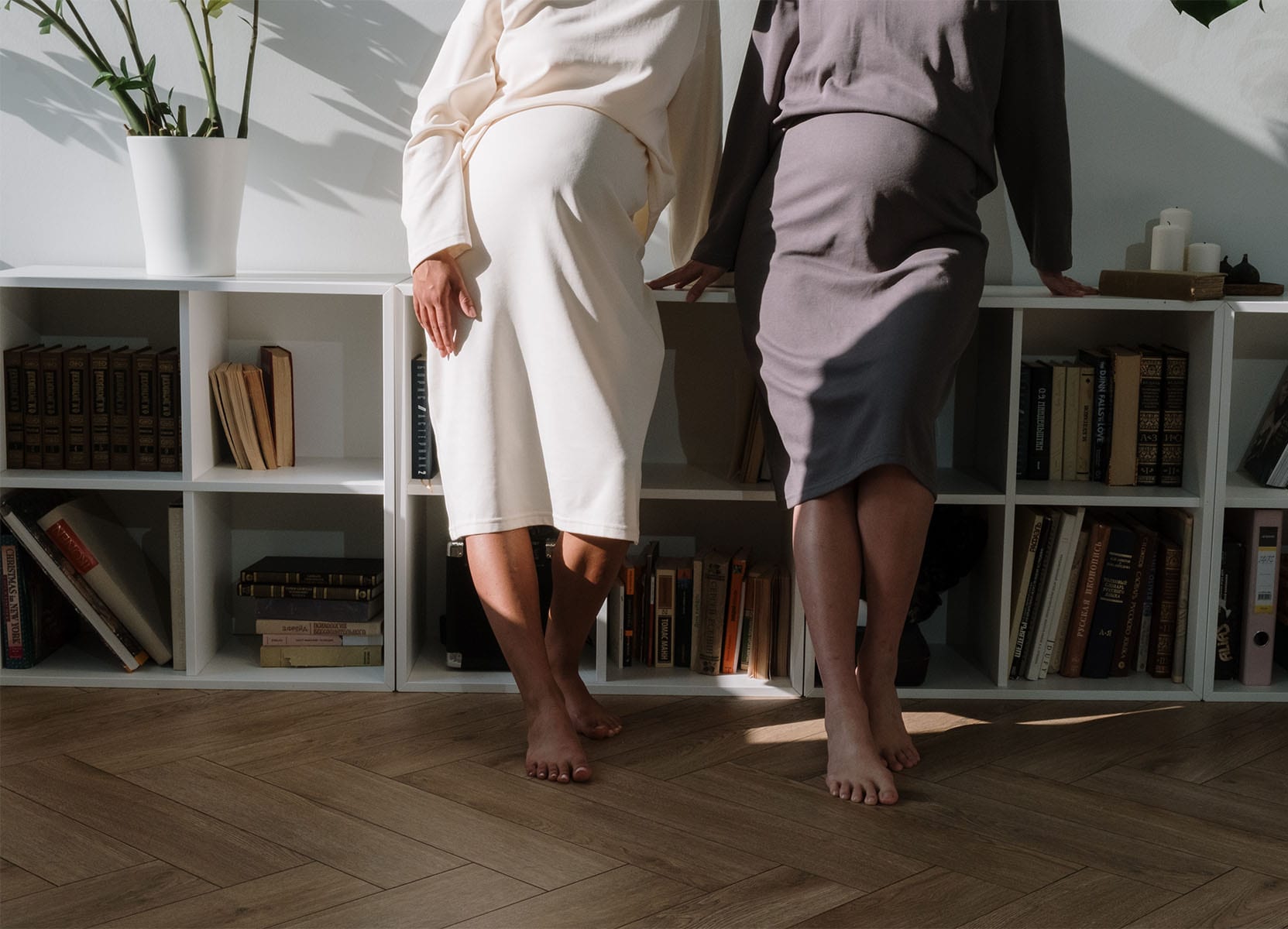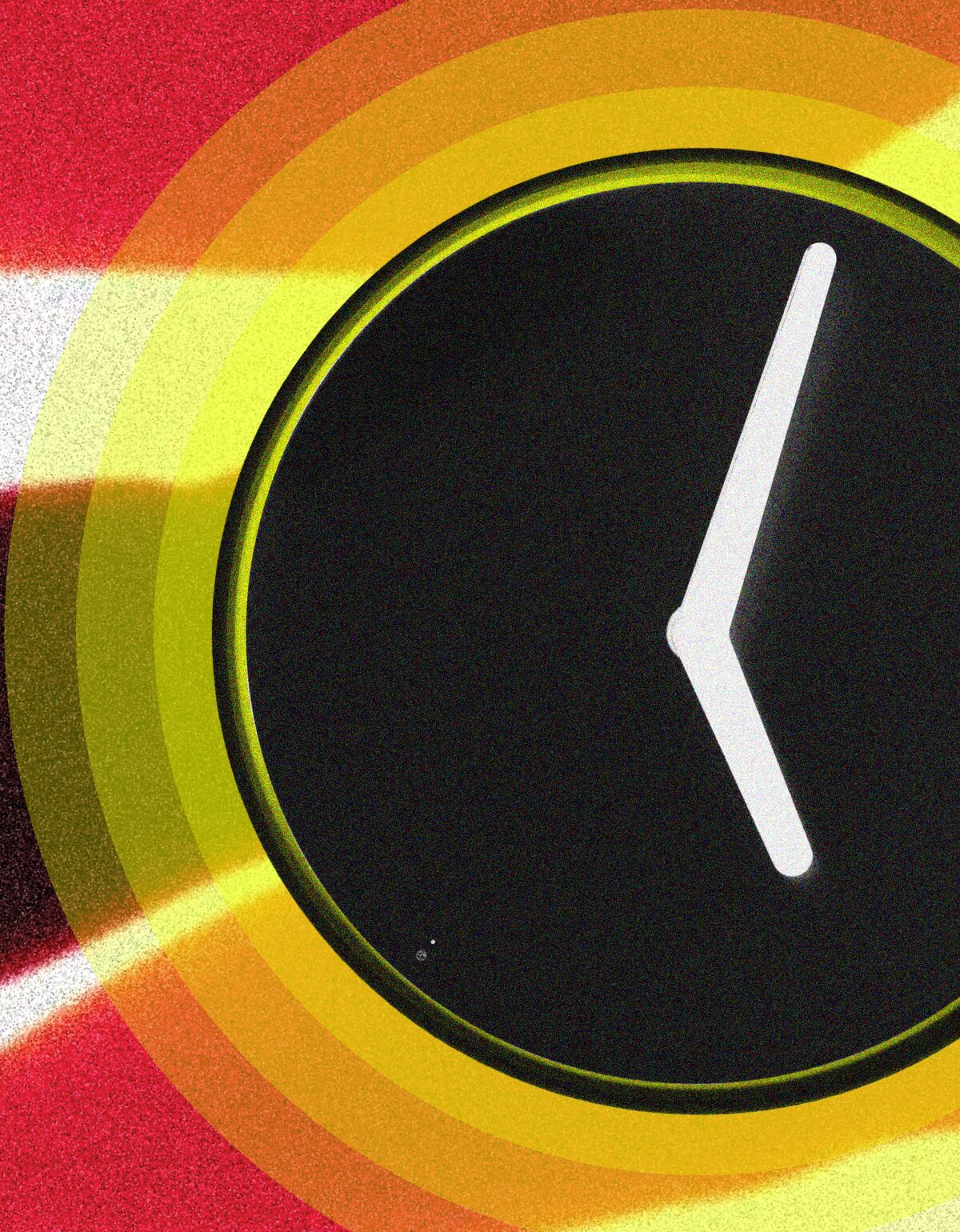Whether it’s with your partner, your BFF, or your dog, cuddling has some surprising benefits
TL/DR: Cuddling releases oxytocin, aka “the bonding hormone,” in the body. Cuddle with your partner, your bestie, your dog, or your pillow to reduce stress ASAP. And if you live alone and don’t have those options, self-cuddling is the highest form of self-care.
Cuddling 101: An interpretive definition
From Drake to Shakespeare, everyone and their brother has an opinion about the importance of cuddling. According to the Merriam-Webster dictionary, the verb cuddle means “to hold close for warmth or comfort, or in affection.” 1 You can cuddle on the couch, in bed under the covers, or upright, standing behind your boo while they make you pancakes in the kitchen.
You can be the big spoon or the little spoon — or you could break the cuddling binary altogether by cuddling in unexpected positions. Cuddling can be romantic or platonic; raunchy or playful; comforting or flirtatious; or all of the above. You can cuddle with a partner, your friends, your pets, your pillow, your parents, or all of the above, in one giant cuddle pile, if you really wanted to!
Whatever cuddling method floats your boat, it’s all good as long as you get enthusiastic consent from all the people you’re inviting into your loving arms, or cuddle pile, if that’s what you’re into (and as long as everyone’s following safety protocols for COVID-19, because – let’s be real – no cuddle is worth spreading the virus right now).
And if you’re alone sans roommate, pet, family members, friends and partners during the pandemic, we have the cure for your cuffing season FOMO: Adopt a puppy. Okay, maybe don’t jump the gun on that one – here’s an easier solution. You can cuddle by yourself to get that same, cozy feeling of being held. Yes, folks, you heard us right: We’ll tell you how, below.
Cuddling 201: Why cuddling is good for you
For anyone who’s ended relationships with perfectly good partners because of their weak cuddle game, this blog post goes out to you.
And you weren’t wrong in initiating that breakup. Studies show that cuddling is important in building intimate relationships because the act of holding someone (or something) affectionately releases a hormone called oxytocin.

Also known as the “cuddle hormone,” the “feel-good hormone,” or “the bonding hormone,” oxytocin is key to building trust and intimacy with other people. When you release more oxytocin, you feel more physically bonded and emotionally connected to your partner. It becomes a sort of feel-good feedback loop, especially early on in relationships (aaand now you have something to blame for all that PDA you witnessed during your BFF’s most recent honeymoon phase with that new guy or girl).2
Oxytocin can induce anti-stress effects by lowering levels of cortisol, a.k.a. the stress hormone, in the body. This, in turn, lowers blood pressure. Lower blood pressure and cortisol levels may also lead to better heart health in the long run.2 3 Win-win for all.
Oxytocin may also help you lose weight. The cuddle hormone has been shown to help regulate cognitive function over food choices.4 A quick cuddle sesh can make all the difference between compulsively stress-eating junk food (no shade here, we all have those days) or making a choice to eat something healthy, nourishing, and energizing.
Here’s another interesting effect: A different study found that oxytocin positively affects the way that we take social risks, which could be why you’re more likely to walk up to a stranger at a party (remember those?) and flirt with your crush when you have a good wing-person by your side. But it’s also an excuse to cuddle your pet or your partner for a few extra minutes before a big day at work, like when asking your boss for a raise or presenting to a group of strangers.4
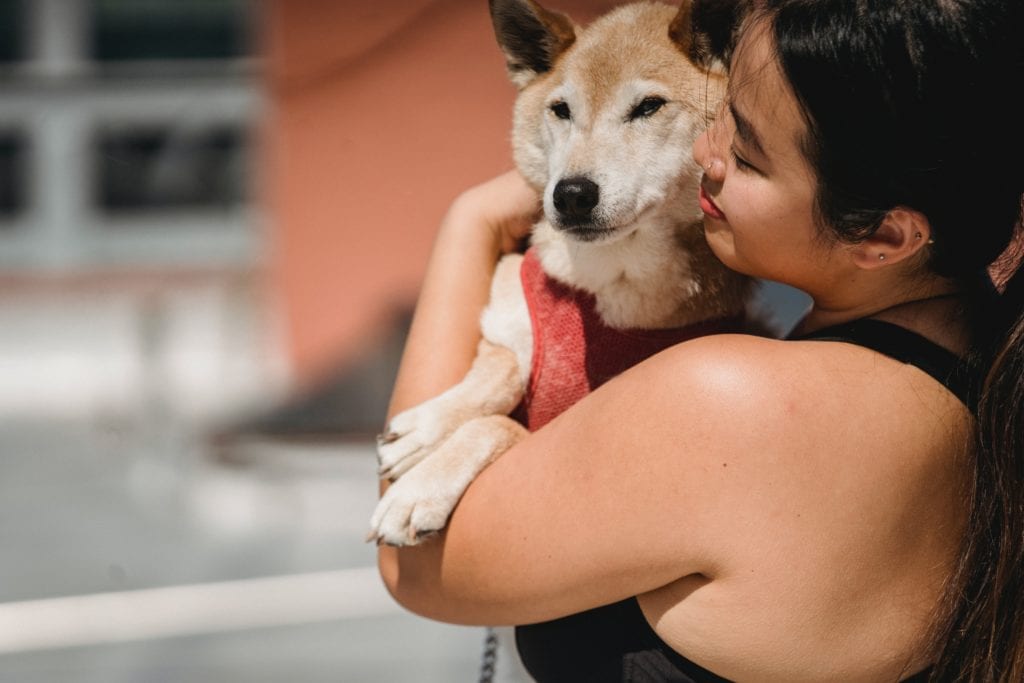
Cuddling with your pet isn’t a cop-out: There’s research out there that’s proven doing so produces similar amounts of oxytocin as cuddling with people.2 On the other hand, cuddling with inanimate objects may help us feel more connected to childhood routines, providing similar comfort.5
In less sciencey terms, being close to or physically held by another living being just helps you relax. We all know the feeling: It’s a mixture of warmth, safety, and comfort. It makes sense, evolutionarily speaking. When you’ve got someone physically wrapped around you, you’re a bit better protected from whatever threats might be lurking in the shadows.
Cuddling… solo?
Weird flex, but cuddling yourself is an empowering form of self-care. It may sound silly, but it’s a quick, effective way to comfort yourself through lots of high-pressure Zoom calls and all the trapped-indoors-during-winter feels. And there’s science to back it up:
A study suggests that hugging yourself can actually reduce pain. Um, how? Turns out, the brain gets distracted by positive, loving self-touch and draws attention away from the painful stimuli.6 So it’s a great period hack for those days when cramps have hijacked your entire body and you can barely get out of bed.
Just like cuddling with another person, self-cuddles release oxytocin – so they, too, lower cortisol levels and help you chill out.6 Think we’re crazy? Give it a try and see what happens.
How it’s done:
First, take a second to imagine what kind of hug you need at the moment. A comforting momma bear hug after a long day? A joyful jumping reunion hug that you give a friend you haven’t seen in 10 years? A sexy hug to get you in the mood for some one-on-one time with your favorite sex toy? It’s all good, and *in our best Janet Jackson voice* it’s all for yooooouuuuu.
- Start by wrapping your hands around your biceps and gently rubbing yourself. Ease yourself into it. Tell your body: “Hey, I’m here! I’m gonna do this weird thing!! Don’t be scared!”
- Squeeze yourself using the amount of pressure that you need to recreate the hug that you want to give yourself. Hold that self-hug for as long as you want.
- You might move your hands up and down your torso, maybe even give your legs a little love. Hint: This is a great time to apply body lotion, if you feel like it.
- Some people find it comforting to rock back and forth while hugging themselves.
- Repeat as many times as you need to for maximum comfort.
This sounds super weird, maybe? Yeah. That’s okay. No one is watching and, trust us, it actually works.
Cuddling = self-care
In times like these, it’s important to hold onto anything that can bring you a sense of safety and comfort. Cuddling with someone – even if that someone is an inanimate object or, better yet, yourself – is the best way to quickly remind yourself that everything’s going to be okay. Go ahead, repeat that mantra a few times.
If you’re missing your partner but you’re stuck at home alone, don’t despair. Follow the self-cuddle steps above, or even try spritzing a little of your sig oth’s perfume or cologne to enhance a nighttime pillow-hugging routine. Ultra-comfy bedding (read: lots of pillows, a fluffy duvet, or a super-soft comforter) is a huge plus, as is inviting your pet to snuggle in bed with you.
Long story short, don’t skimp on the cuddling. It’s good for you, after all! Cuddling lowers blood pressure, reduces cortisol levels, and it may even improve your eating habits. And we have a theory that it makes your period a thousand times more bearable, so keep that in mind next time you have cramps that even a heating pad can’t beat.
What’s that? Another reason to adopt a puppy?! Can’t say we didn’t warn you…
This article is informational only and is not offered as medical advice, nor does it substitute for a consultation with your physician. If you have any gynecological/medical concerns or conditions, please consult your physician.
© 2021 The Flex Company. All Rights Reserved.

